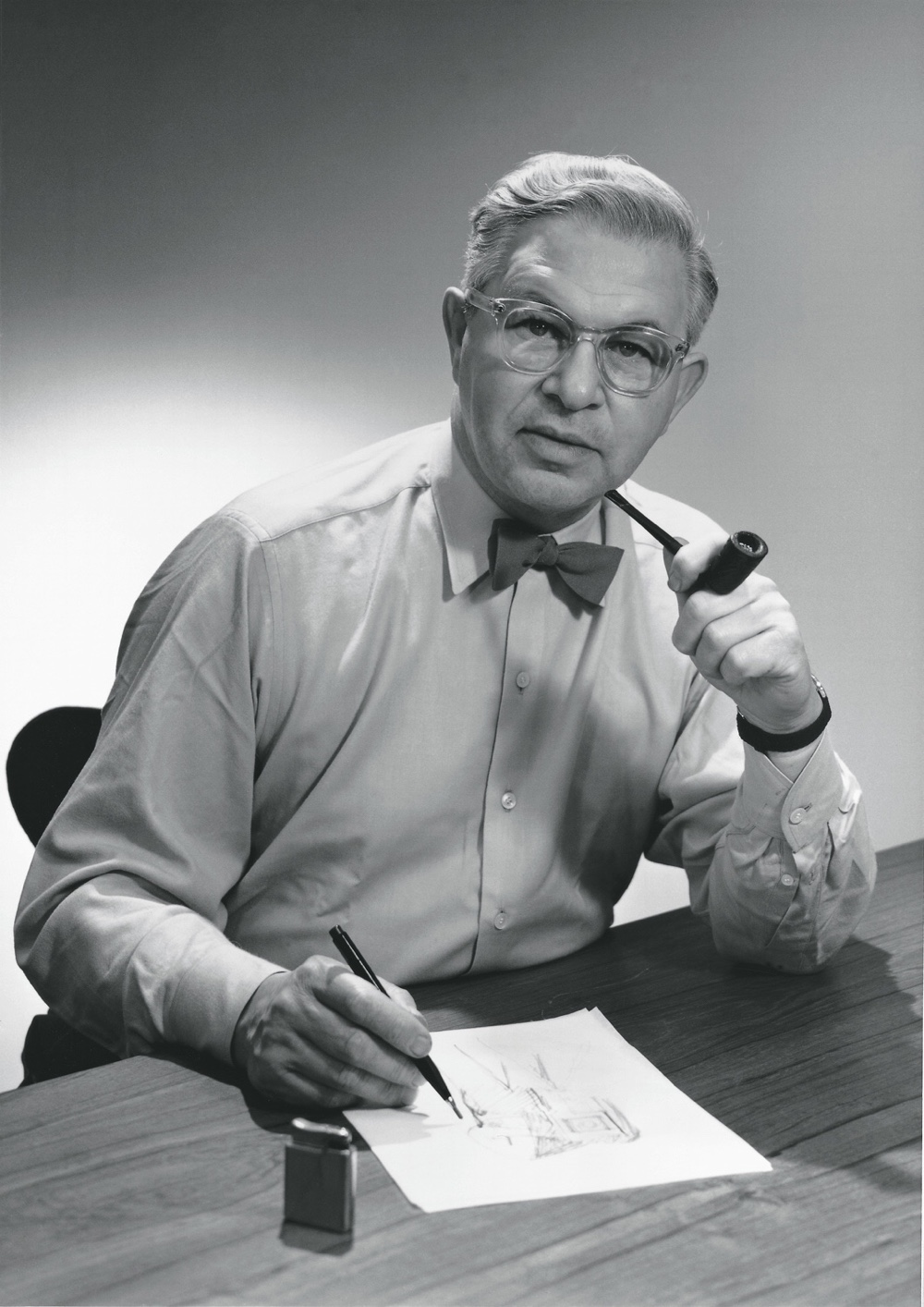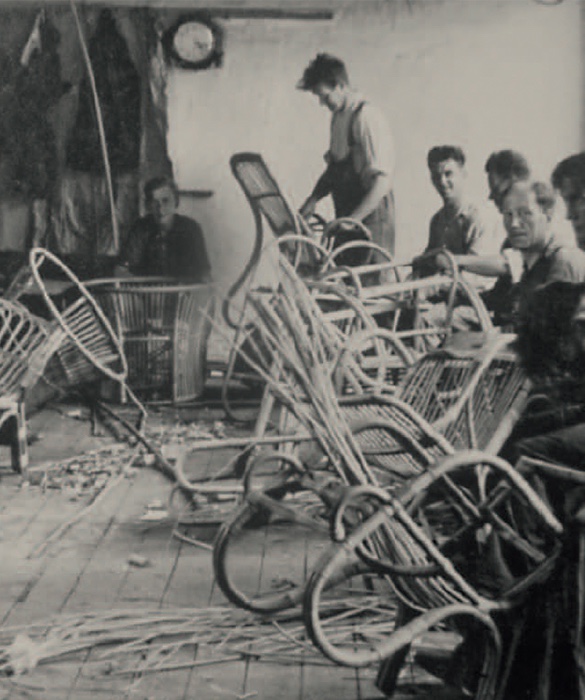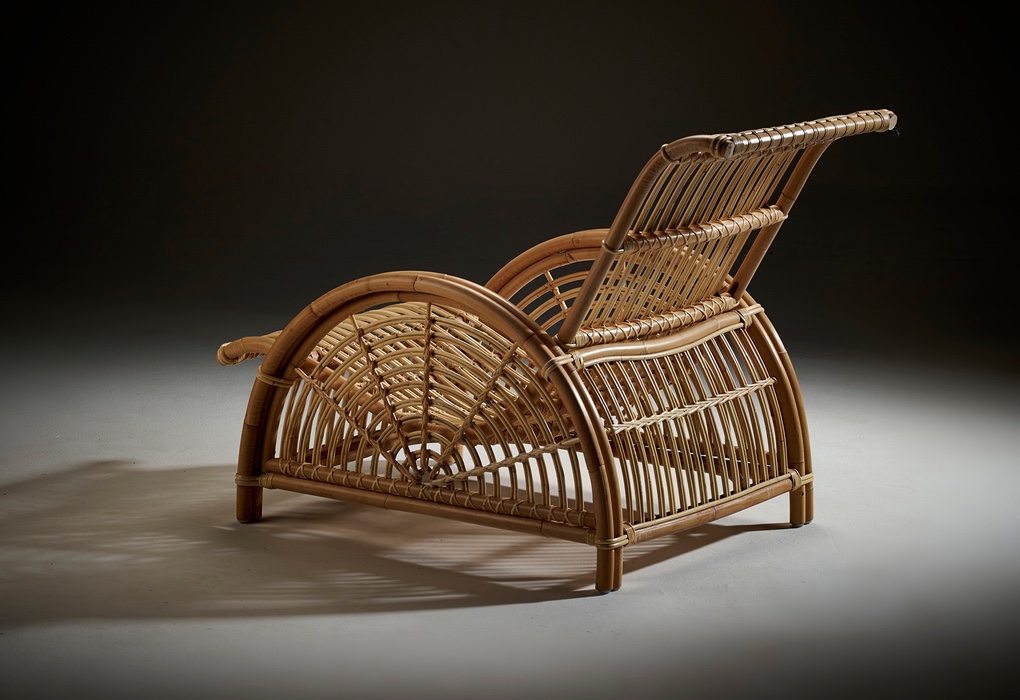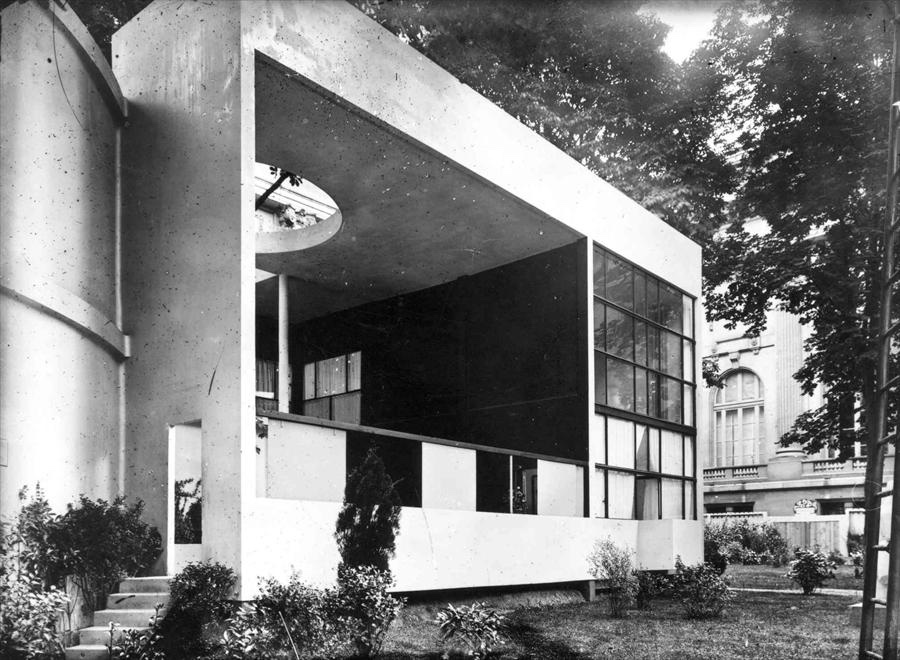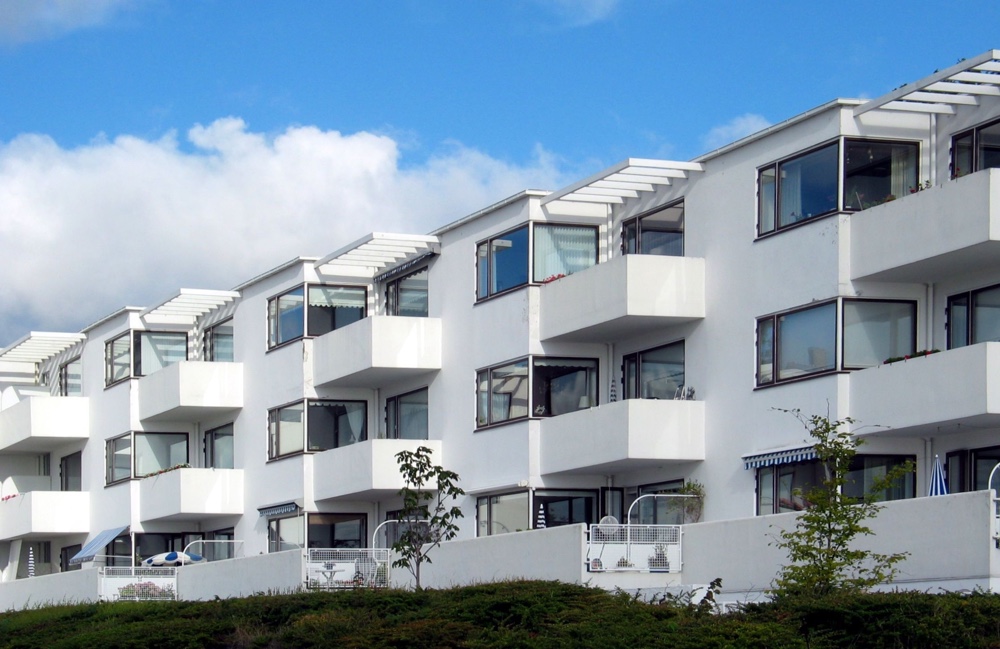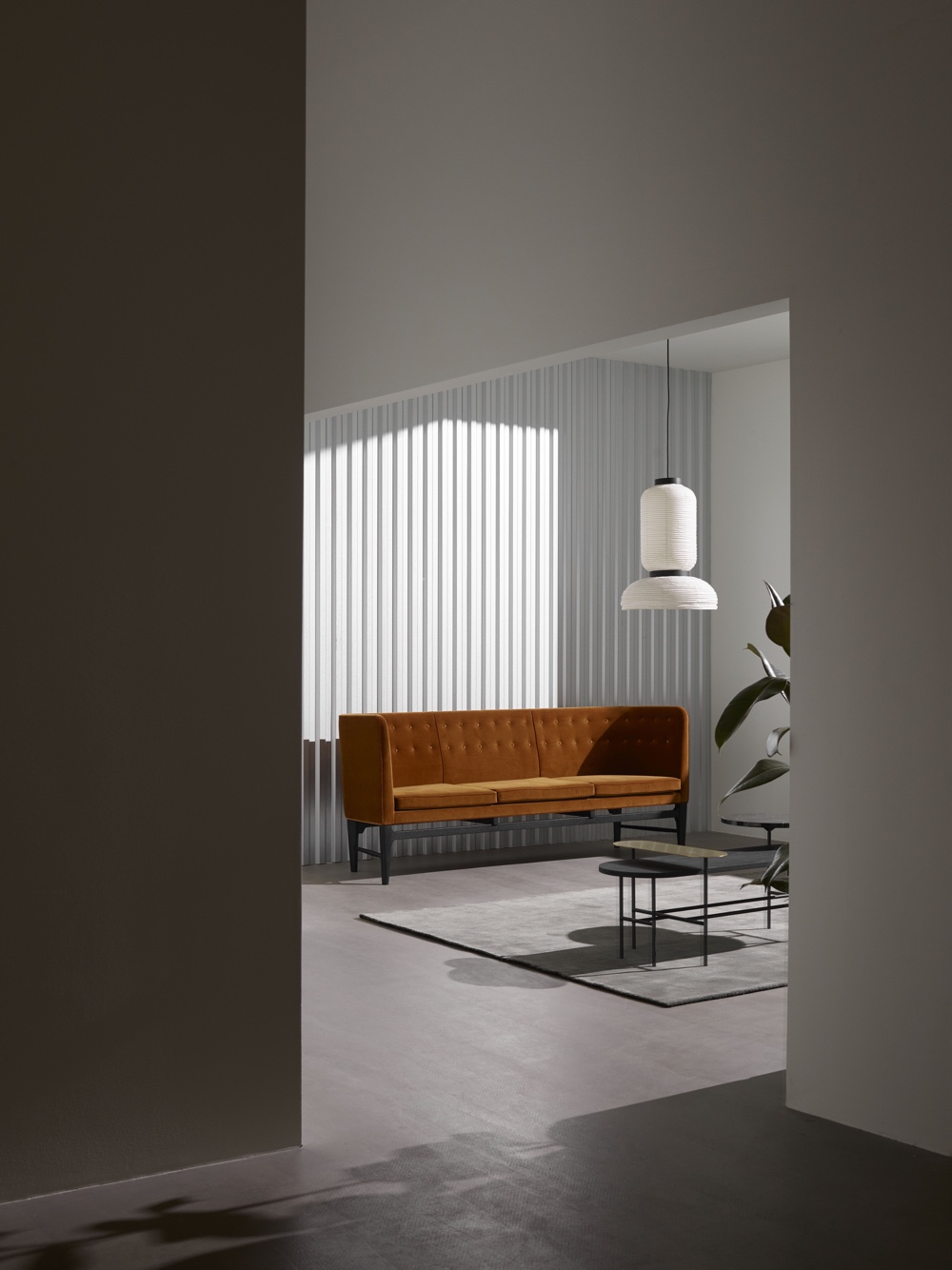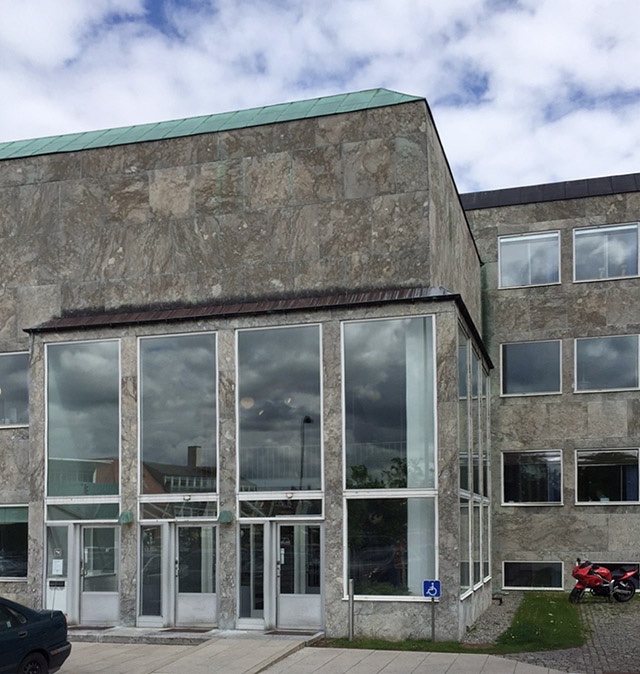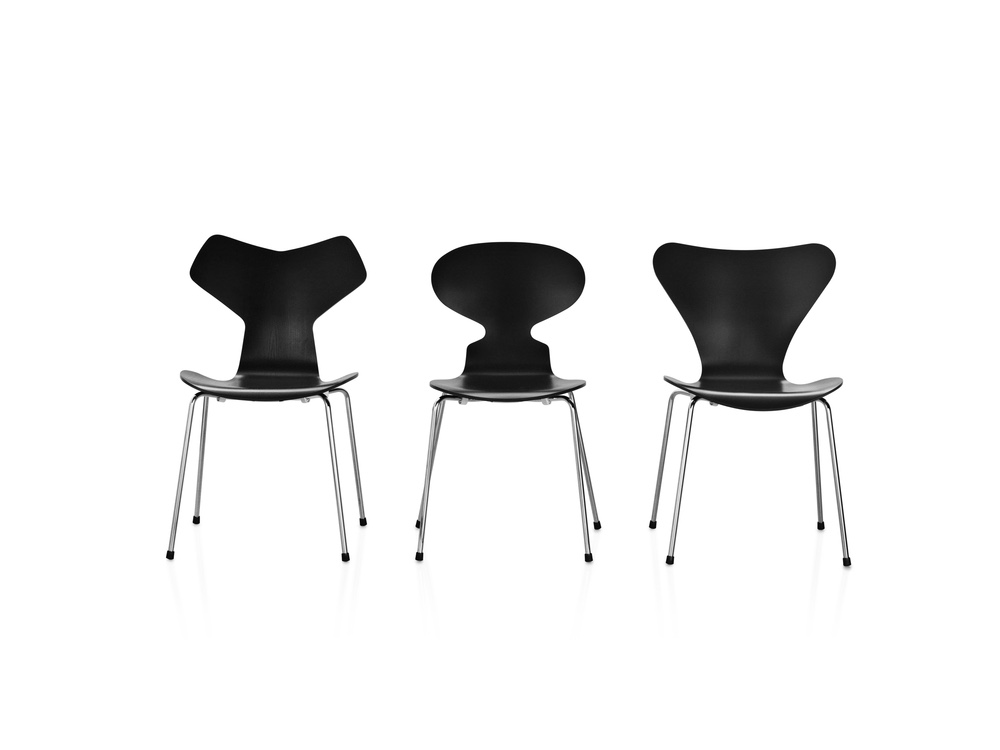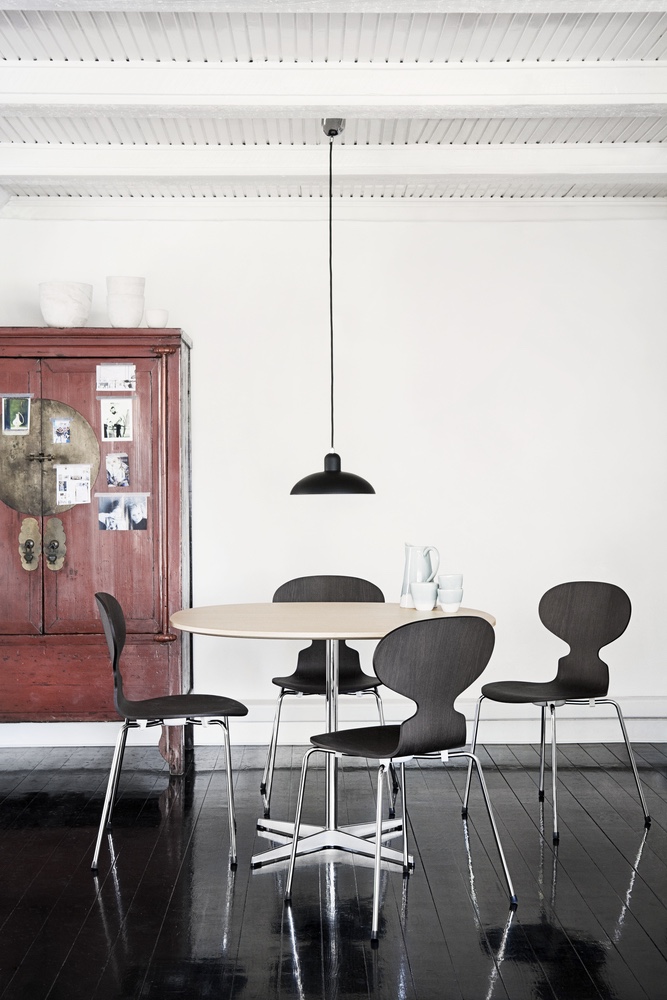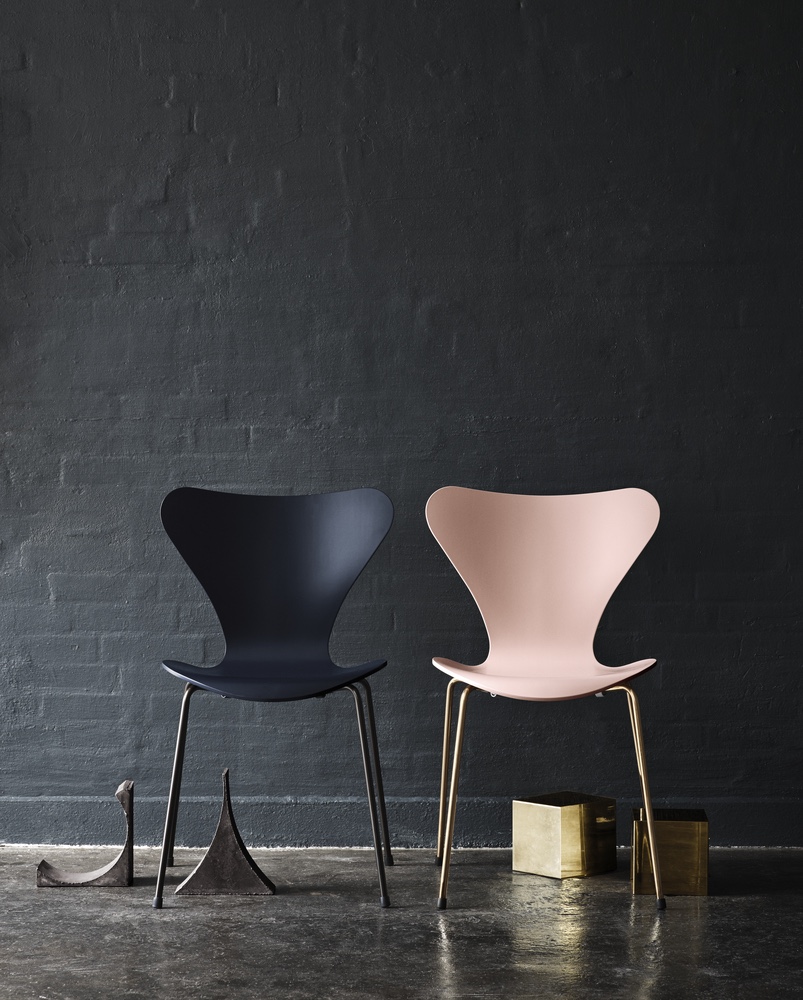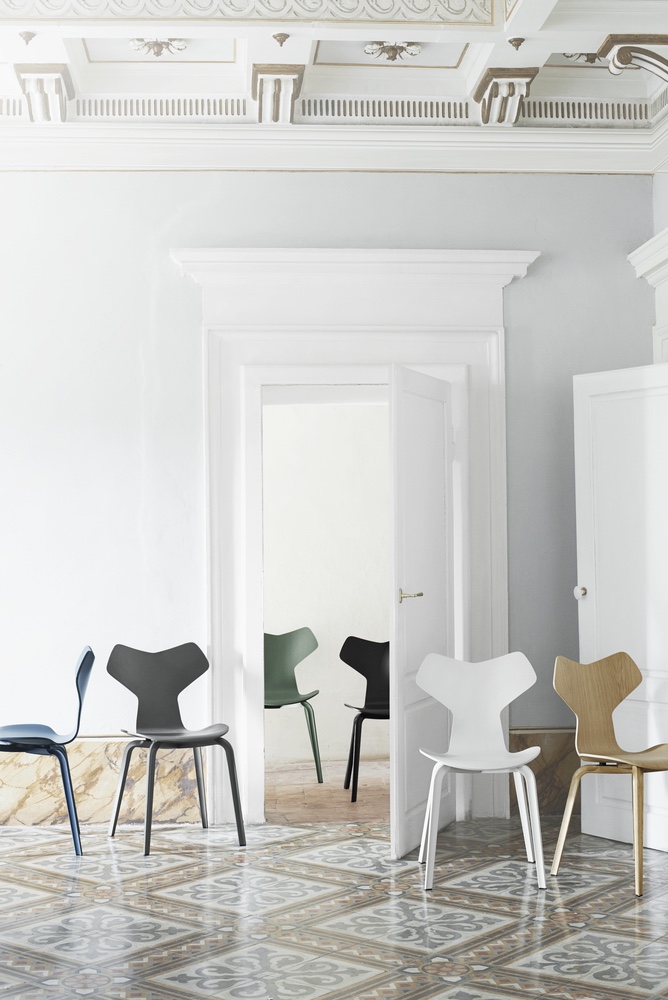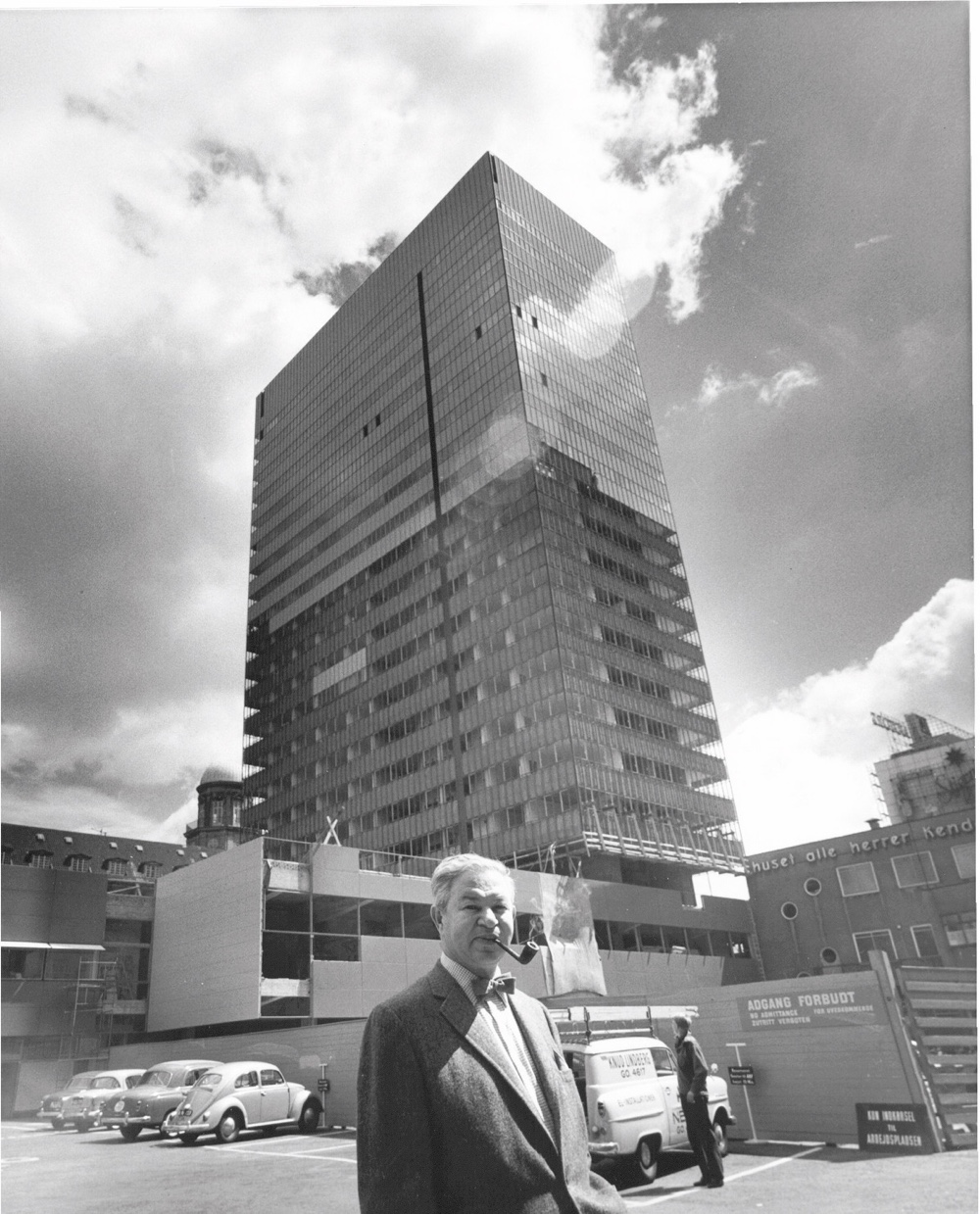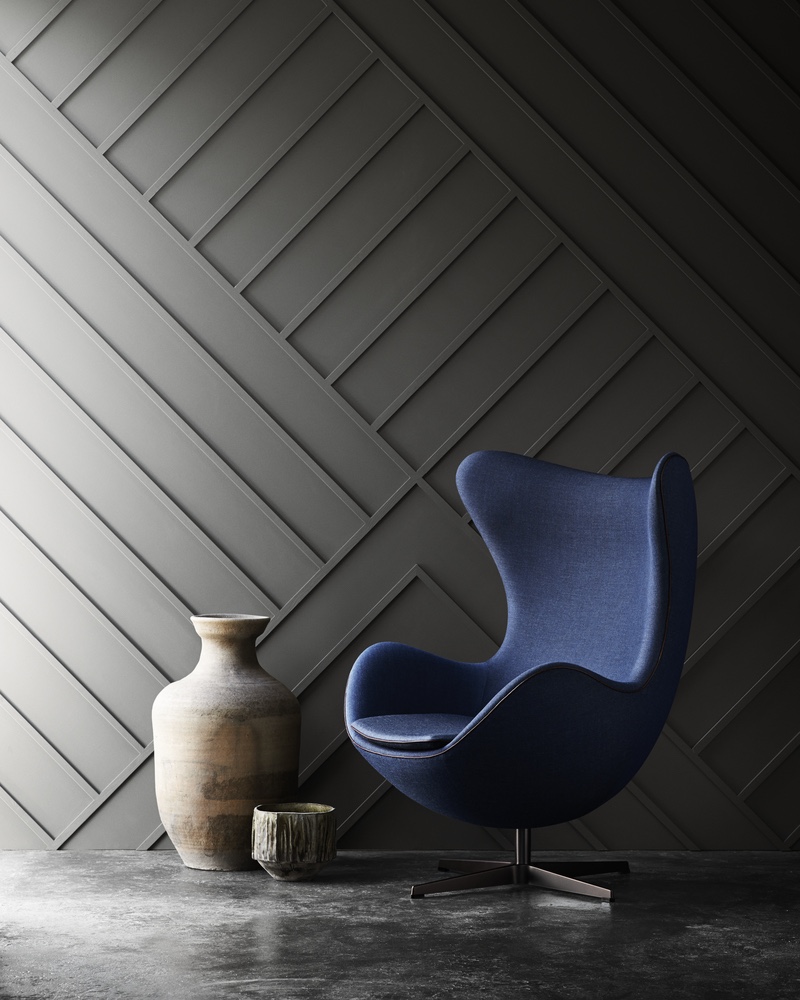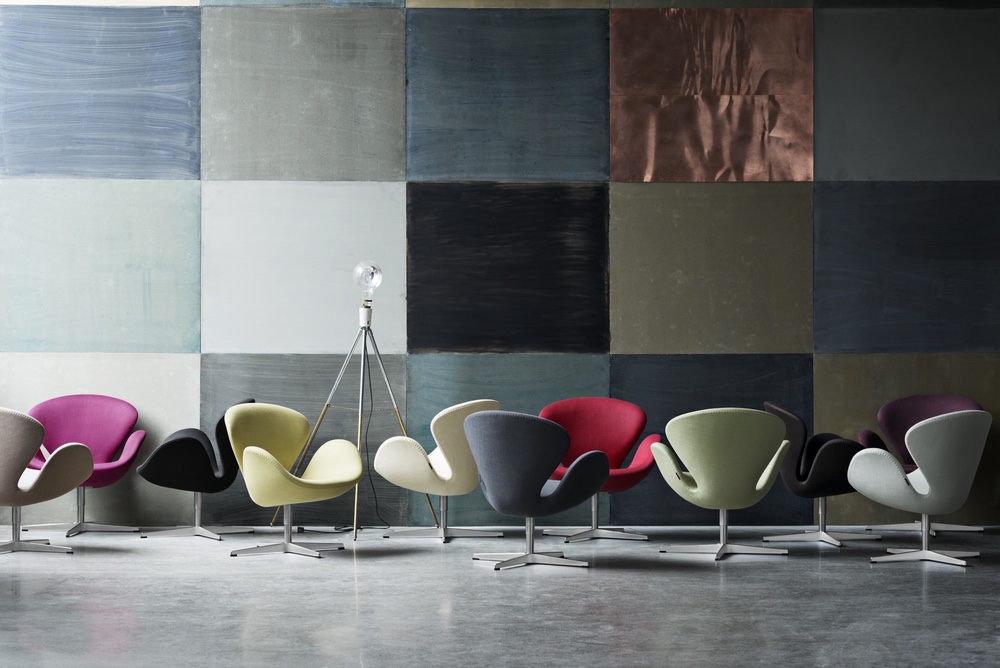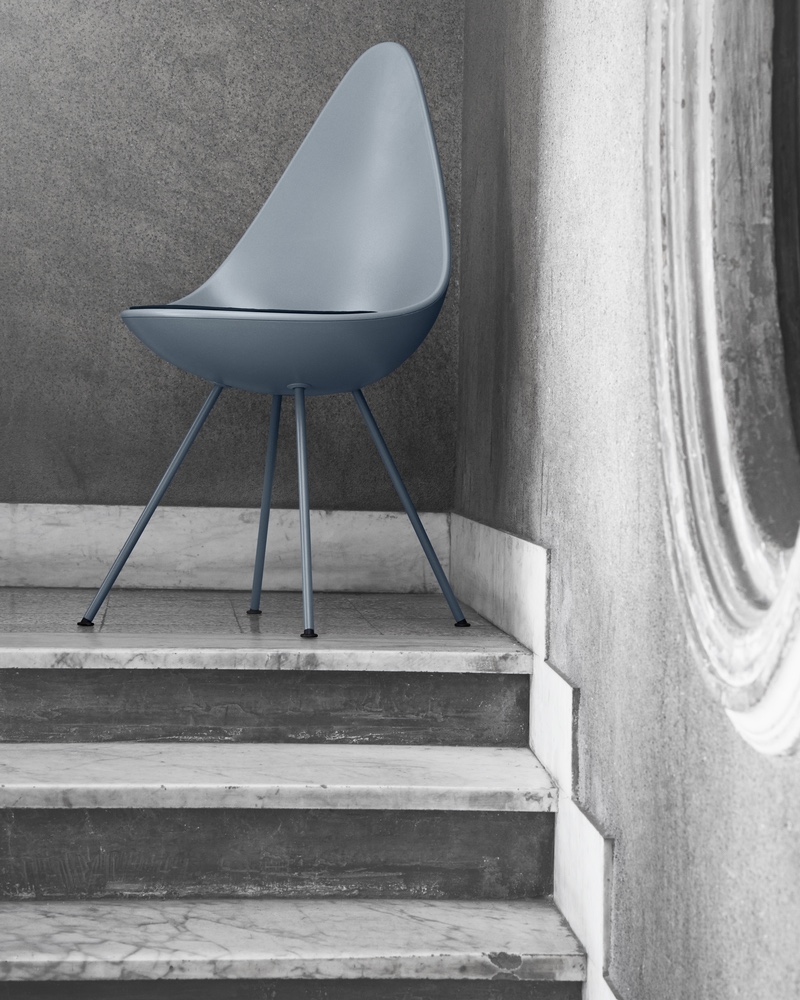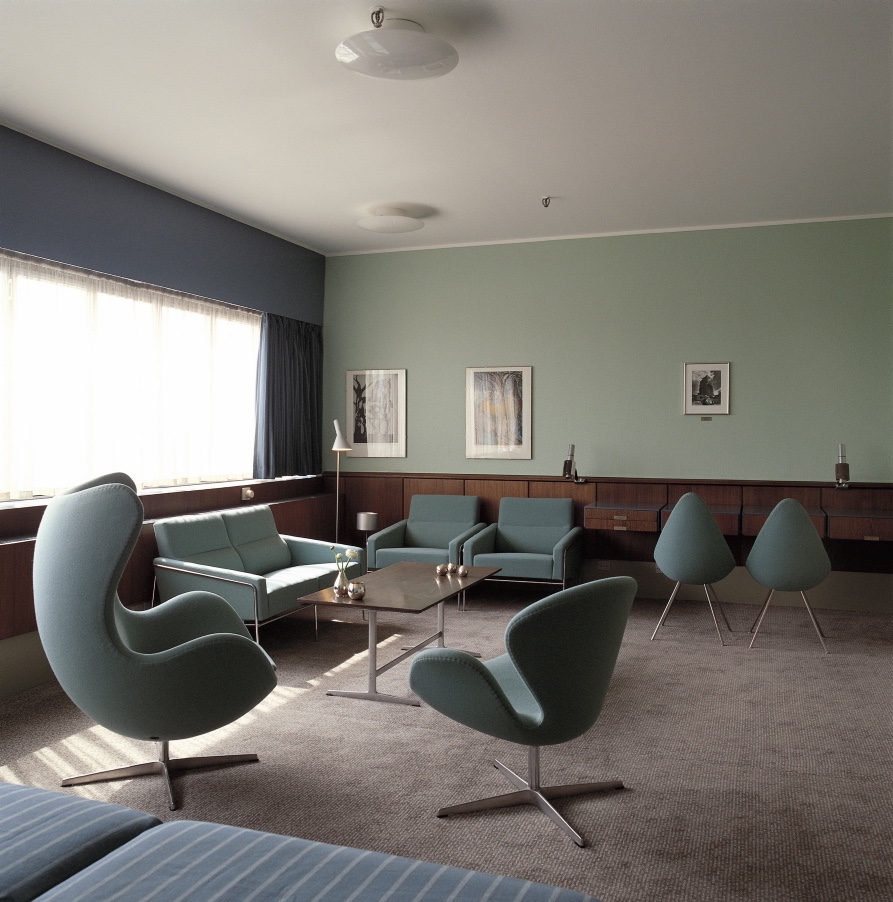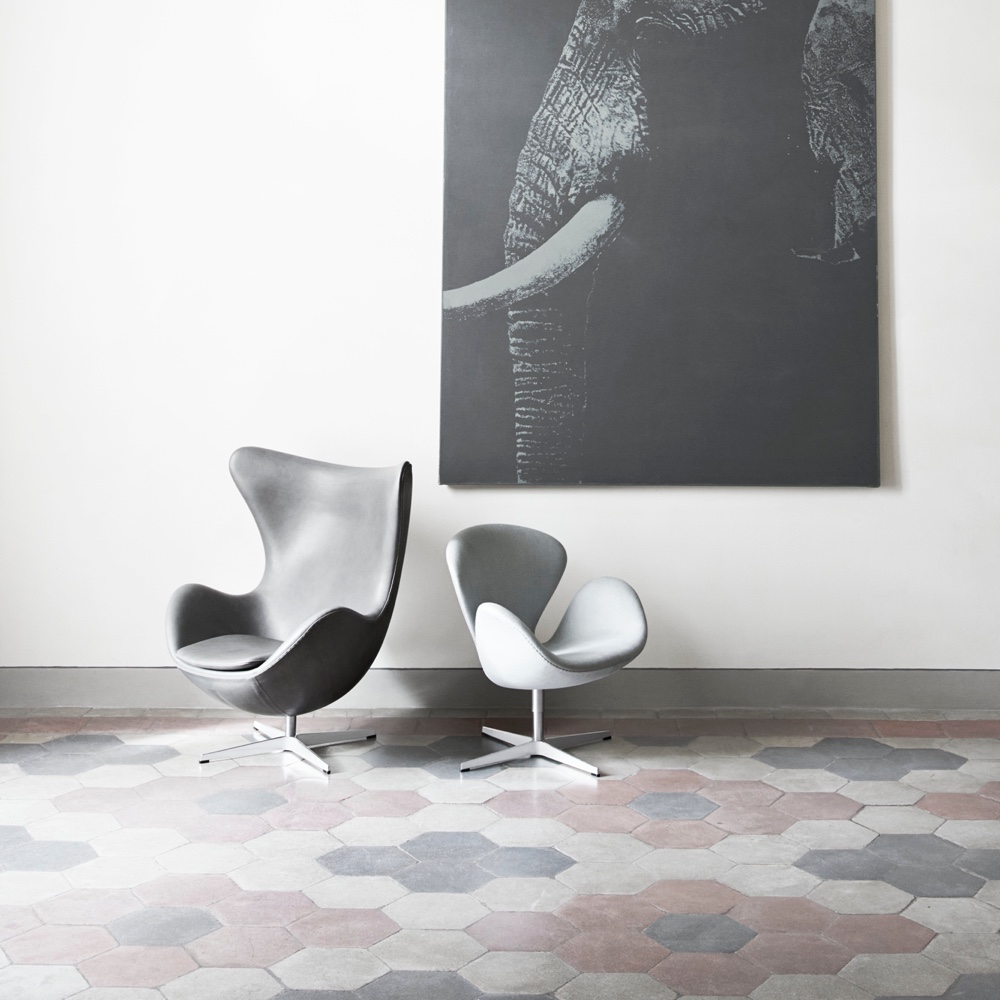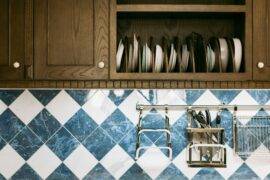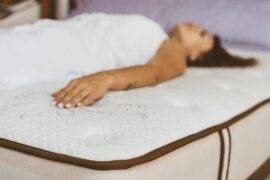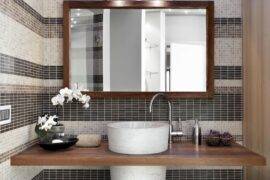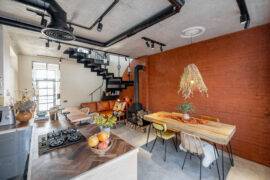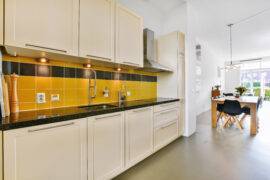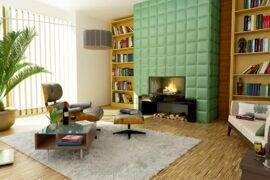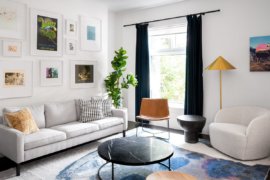A virtuoso and champion of Danish design, Arne Jacobsen was an architect, artist and designer whose works continue to be both relevant and prominent in today’s fast-paced, consumer-driven world.
Arne Jacobsen. Image via tonguechair.com.
Beginnings
Born in 1902 in the affluent Østerbro district of Copenhagen, Arne Jacobsen would grow to enjoy an illustrious career as both architect and designer. As a child, Jacobsen pursued varied artistic pursuits and exhibited a real talent for visual arts. Despite his yearning to become a painter, Jacobsen’s father had other ideas. Following a brief spell as a sailor and some time as an apprentice bricklayer, Jacobsen was enrolled in Copenhagen Technical College. Graduating in 1924 – and with his father’s consent – Jacobsen went on to read architecture at Copenhagen’s Royal Danish Academy of Fine Arts, School of Architecture, under the tutelage of Kaare Klint (a man heralded as the founding father of modern Danish furniture design).
Paris chair in rattan. Handmade by Sika Design. Images via twentytwentyone.
Le Corbusier’s “Pavillon de l’Esprit Nouveau”. Image © FLC/ADAGP.
During his studies, the naturally talented Jacobsen won a silver medal for his ‘Paris chair’ design at the 1925 World Exhibition in Paris. On this trip, his imagination was fuelled by Le Corbusier’s “Pavillon de l’Esprit Nouveau”, considered to be “a turning point in the design of modern interiors and a milestone in the evolution of architecture.” (Source: Fondation Le Corbusier).
Early Commissions
Jacobsen’s Bellavista complex. Image © 2005 Hans Andersen via Wikimedia Commons.
Jacobsen graduated from the Royal Danish Academy of Fine Arts in 1927. He took on an Associate role at the City Architect’s Office in Copenhagen (until 1929), where he initially worked on designing private homes. Commissions increased throughout the 1930s: from the Bauhaus-inspired Bellavista housing complex (north of Copenhagen) that was completed in 1934, to the modernist Søllerød Town Hall which Jacobsen would plan and build in collaboration with architect and designer Flemming Lassen. Søllerød Town Hall was officially opened in 1942 (and continues to function as a town hall today) and included many furnishings and fixtures designed by Jacobsen and Lassen. One particular piece, The Mayor Sofa, was relaunched in 2013 by Danish company &tradition.
The Mayor Sofa. Image © &tradition.
Søllerød Town Hall. Image © Dansk Møbelkunst Gallery.
Product Design
With the onset of World War II, architectural commissions declined, in part due to a shortage of materials. Jacobsen was Jewish and with the Nazi occupation of Denmark, he sought wartime exile in Sweden. Returning to his homeland in 1945, Jacobsen found a country in need of new housing and public buildings, and he spent several years working on such projects. Yet in the 1950s, finding inspiration in the works of US furniture pioneers Charles and Ray Eames, Jacobsen became more and more interested in product design. It was in this decade that Jacobsen designed furniture pieces that remain pertinent today.
Stacking chairs by Arne Jacobsen (Series 7™, Grand Prix™ and Ant™). Image © Republic of Fritz Hansen.
Grand Prix™, Ant™ and Series 7™ chairs. Image © Republic of Fritz Hansen.
Arne Jacobsen had collaborated with renowned Danish furniture manufacturer Fritz Hansen since 1934. However, it was in 1952 that he enjoyed a breakthrough with the Ant™ chair, a light, stackable plywood chair with a continuous seat and back (the first of its kind). The Ant™ was followed in 1955 by the Series 7™ chair, a design that would become a classic and propel Arne Jacobson and Fritz Hansen to furniture stardom. To date, the Series 7™ has sold more than seven million copies worldwide. (Source: Republic of Fritz Hansen)
Ant™. Image © Republic of Fritz Hansen.
Series 7™ – 60th Anniversary Edition. Image © Republic of Fritz Hansen.
In 1957, Fritz Hansen introduced Jacobsen’s 3130 chair. Winning the Grand Prix award at the XI La Triennale di Milano that same year, the chair was appropriately named the ‘Grand Prix™’.
Grand Prix™ in Petrol blue, Dark grey, Sage green, Black, White and Oak. Image © Republic of Fritz Hansen.
SAS Royal Hotel Copenhagen
One of Jacobsen’s finest architectural accomplishments was the SAS Royal Hotel in Copenhagen (1958-1960). The SAS Royal Hotel (now the Radisson Blu Royal Hotel) enabled Jacobsen to integrate both design and architecture on an ambitious scale. The building of the Scandinavian Airlines System (also known as SAS House) was both a hotel and integrated airline terminal: SAS guests could check-in for their flight before boarding a shuttle service to the airport.
Arne Jacobsen outside the SAS Royal Hotel, Copenhagen, 1960. Image via Johanna Agerman Ross.
Jacobsen designed every element of the modernist hotel, from its structure to the furnishings, ceramic ashtrays and the stainless steel cutlery. In 1958, the SAS commission spawned several celebrated and classic chairs: the Egg™, Swan™ and Drop™ chairs, each designed for the hotel’s lobby, lounge and reception areas.
Egg™ Limited Edition. Image © Republic of Fritz Hansen.
Swan™ in varied colours. Image © Republic of Fritz Hansen.
Drop™ in Storm blue. Image © Republic of Fritz Hansen.
Egg™ and Swan™ – SAS Royal Hotel. Image © Republic of Fritz Hansen.
Only Room 606 at the Radisson Blu Royal Hotel (pictured above) continues to maintain Jacobsen’s original design vision. The room can be booked by guests and its furnishings include: the Egg™, Swan™ and Drop™ chairs. The Series 3300™ 2-seater sofa (3302) and easy chairs (3300) are also designed by Jacobsen.
A Perfectionist Modernist
Arne Jacobsen was a perfectionist and despite working across a plethora of projects, maintained a keen eye for detail. He was also an intuitive designer: with a basic concept in mind, Jacobsen worked intuitively to understand a design’s overall extremities, where no detail was too trivial.
Jacobsen’s body of work is overwhelmingly impressive and expansive; as such any single article can highlight only a number of his accomplishments. Those outlined above – the Mayor Sofa, chair designs for Fritz Hansen and the SAS Royal Hotel Copenhagen – are among Jacobsen’s finest career highlights.
Egg™ and Swan™ chairs. Image © Republic of Fritz Hansen.
Arne Jacobsen passed away in 1971. In the annals of midcentury modern design, he is a deservedly prominent luminary.
Bibliography:
- Arne-Jacobsen.com (2016). [Online] Available from: http://www.arne-jacobsen.com/en/arne-jacobsen. [Accessed: 4th February 2016].
- Design Museum. (2016) Arne Jacobsen. [Online] Available from: http://designmuseum.org. [Accessed: 4th February 2016].
